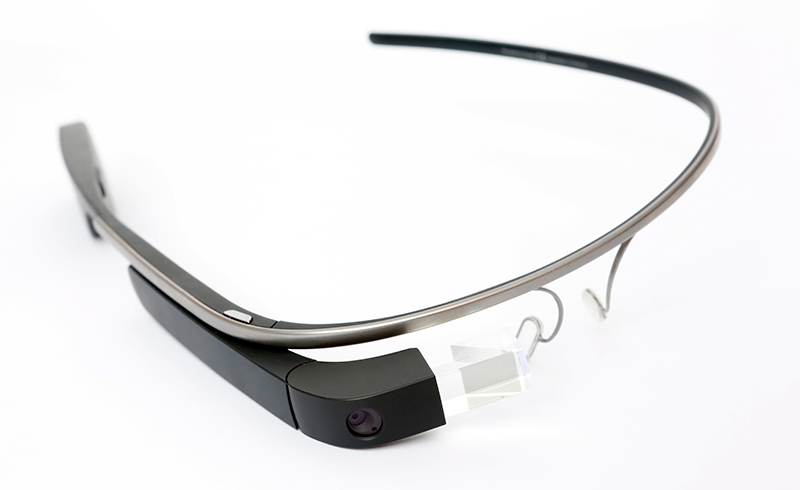A new study has found that children with autism spectrum disorder (ASD) may find it easier to read facial expressions and navigate social interactions when they use Google Glass paired with a smartphone app.
Related Brain Power Ships Empowered Brain, World’s First Smartglasses to Help People with Autism
The small study found when children used the new AI system, dubbed “Superpower Glass” at home, it helped them decipher what’s happening with people around them, bringing significant improvements in their socialization skills, compared to their counterparts that received only the standard care, the researchers said.
For their study, the researchers recruited 71 children between the ages of six and 12 with ASD. The children were receiving standard treatment for ASD, which typically involves using structured exercises like flash cards depicting faces to help kids learn to recognize different emotions.
Forty children were randomly assigned to the study group and 31 were assigned to the control group.
The children in the “Superpower Glass” had a camera and speaker in their glasses which allowed them to send information on what they saw and heard to a smartphone app designed to help them decode and respond to social interactions, reports Reuters.

Children with ASD can struggle to recognize and respond to emotions, but the app reinforced these skills by providing them feedback in real time.
The children used the glasses in 20-minute sessions four times a week. After six weeks of using the glasses, the children scored better on tests of socialization, communication and behavior than the kids in the control group who received only standard care for autism.
“Children learn to seek out social interactions, learn that faces are interesting, and that they can learn what they’re saying or what the faces are telling them,” said senior study author Dennis Wall of Stanford University in California.
Read more This Therapy Robot Helps Children with Autism by Teaching Them Social Skills
“This is powerful since it encourages social initiations – a form of fostering social motivation – by the child and they’re learning that they can get these things – the emotions of their social partners- themselves,” Wall added.
The study was published in JAMA Pediatrics.












